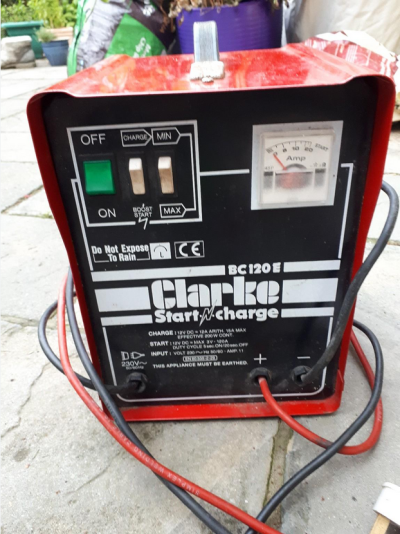- Joined
- Dec 18, 2015
- Messages
- 2,931
- Car
- E55k AMG Sold / S211 E320 CDI I6 sold W212 E63 6.2 N/A saloon. S212 e250 cdi .
Whatever you're comfortable with. I like to keep things simple as I age rapidly so plugging and unplugging a 2 pin plug suits me.
The under bonnet positive and negative jump start terminals on my car are easily accessible than that of the battery so all told the croc clamps are just as quick.


